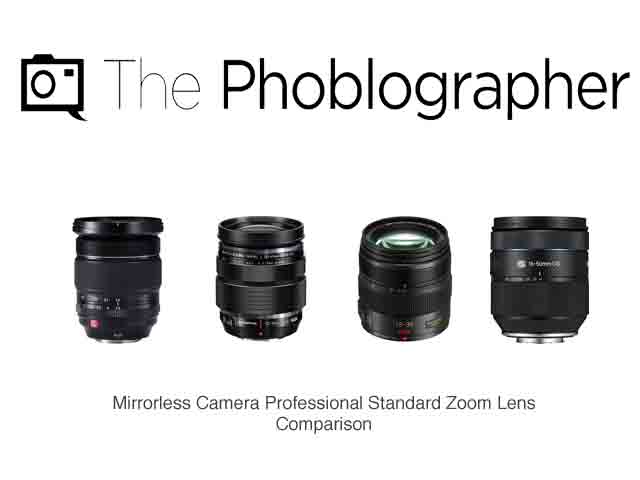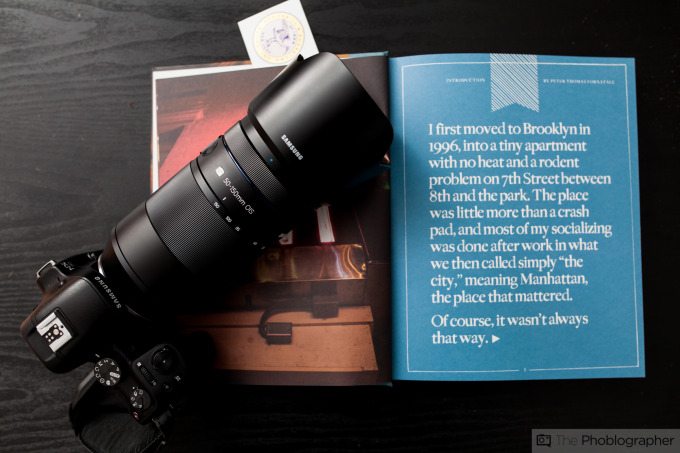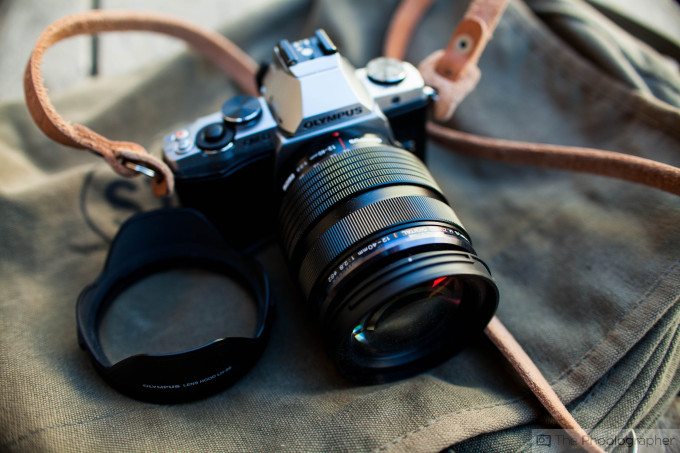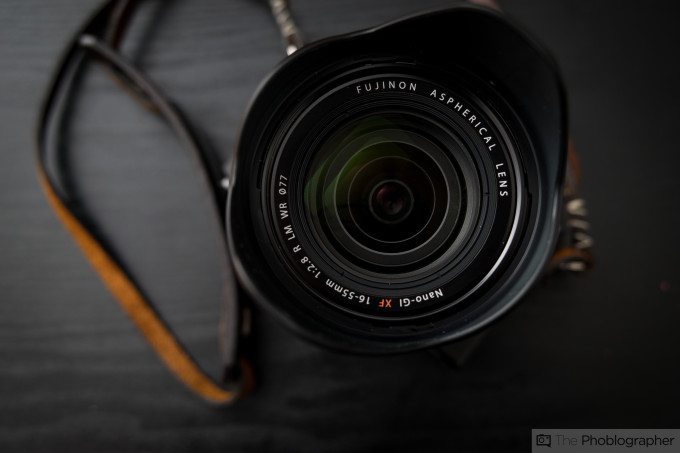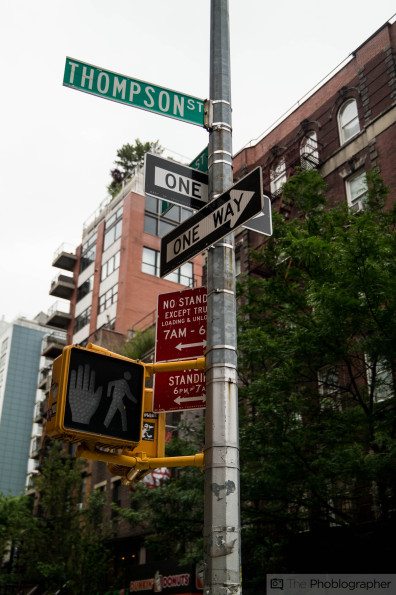Mirrorless camera manufacturers have been working at creating better lenses and building out their systems. Very recently, the manufacturers with APS-C and Four Thirds sensors came up with constant aperture pro zoom lenses for their cameras.
Now don’t get us wrong: no manufacturer is making a bad lens or camera. In fact, all of them are superb. So with that in mind, we went about rounding up the information that we collected and figuring out which lens delivers the most pleasing results based on the specific system that they work with.
Our results are after the jump.
Lenses
We purposely omitted Sony from this test because the closest offerings that the company has are for its full frame E Mount, and comparing something that large against the rest of the pack isn’t necessarily fair.
For this comparison, we compared:
– Panasonic 12-35mm f2.8 (Micro Four Thirds): See price here
– Olympus 12-40mm f2.8 (Micro Four Thirds): See price here
– Samsung 16-50mm f2-2.8 (Samsung NX): See price here
– Fujifilm 16-55mm f2.8 (Fujifilm X series): See price here
All of the lenses were tested on the latest cameras from the manufacturers. Samsung and Fujifilm both use APS-C sensors while the Micro Four Thirds cameras use Four Thirds sensors.
We ask that while reading this post, you reference these reviews.
How Our Tests Are Done
The Phoblographer’s tests aren’t formal in the sense that everything isn’t done in a lab side by side comparison. Instead, we test things in a way that photographers would actually do it. Photographers don’t spent hours in labs pouring over data because they’re too busy creating images. We shoot a couple of very standard things during our reviews and we also tend to use flashes with the lenses that we test. These parameters help us to figure out various characteristics of the lenses that we work with when we bring them into Adobe Lightroom.
Aperture Range
Many companies tend to go for f2.8 constant aperture lenses, but faster aperture offerings have been available. With Four Thirds DSLRs, the user gets f2 zoom lenses and if you’re an APS-C DSLR user, then Sigma has an f1.8 zoom lens.
The majority of these lenses are f2.8 constant apertures, but Samsung decided to go the extra distance. The company gave us a lens that starts out at f2 and ends at f2.8. Indeed, through most of the range, the lens has a faster aperture than the offerings from competing systems.
If you don’t think that that makes a difference then consider the fact that f2 is a full stop more of light which means that you can keep your ISO levels down or you can get more light to stop fast moving motion and maintain a balanced exposure.
Indeed, Samsung wins it here.
Winner: Samsung
Zoom Range
These lenses were designed to give us renderings around the 24-70mm range that has been loved by so many professional photographers. Indeed, the lenses are great for landscapes, portraits, event work, weddings, and general walk-around shooting. However, this is where we believe that Olympus takes the lead. Instead of creating another 12-35mm f2.8 zoom for the Micro Four Thirds system, they went the extra distance and covered the 24-80mm field of view.
At 80mm, you pretty much have the equivalent field of view of a portrait lens. Additionally, you’ve got extra reach on a subject when you need it.
Winner: Olympus
Build Quality
All of these lenses are designed to be weather resistant and to take lots of abuse. During our tests, not a single one failed us.
Winner: Tie
Autofocus Performance
All of the lenses are capable of focusing very quickly, but if we really had to rate these then Fujifilm is lagging behind the rest of the pack. It isn’t terrible, but we’d have more confidence with other lenses. In our tests, the Olympus offering lead the charge which is partially due to the Four Thirds crop factor and having more in focus at a particular aperture.
That generally won’t matter though because Olympus has had the fastest autofocus performance for years.
Winner: Olympus
Sharpness
In order to truly get the closest comparison of sharpness, we needed to do a couple of things. Considering that these are APS-C sensor and Four Thirds sensors, we needed to start off by stopping them down not to f8, but whatever the closest equivalent would be on a full frame camera. For APS-C cameras, that’s around f5.3 (or the closest equivalent) due to the 1.5x crop factor and with Four Thirds its at f4 due to the 2x crop factor.
Then we needed to add another factor to our tests: using a flash with diffused lighting. This brings out specular highlights in an image.
In truth, they all pretty much came up resulting in images that looked very similar and all quite sharp. But from what we were able to see and given our best judge of perception, both Fujifilm and Olympus came pretty much neck in neck. Both manufacturers have the most experience in the lens manufacturing world so this doesn’t really come at us as a surprise.
Winner: Olympus and Fujifilm are tied.
Bokeh
One of the biggest reasons why people buy lenses like these have to do with the bokeh and the fast f2.8 aperture. But this is an area where the larger sensor cameras will take advantage. When the lenses are all stopped down a bit to have an equivalent depth of field, Fujifilm would win this. However, considering that you purchase these lenses to shoot them wide open most of the time, Samsung is taking the edge here with an f2 wide open aperture that then makes it the equivalent of of an f3 depth of field on a full frame camera. When you add in the fact that the bokeh is also overall very good, you’ve got very little to complain about.
To be honest, we don’t believe that we’re typing that. Samsung has come a long way.
Winner: Samsung
Color Rendition
The last part of this test has to do with color rendition. Color rendition has something to do with the sensor but it also has to do with the lens itself. For example, Sigma glass is contrasty and saturated. Olympus and Samsung lenses are also quite saturated and Panasonic glass is quite muted. In fact, when it comes to working with skin tones, Panasonic may be what you’re after in general.
However, this gets negated by how well Fujifilm uses its color profiles to look like the file it produced. Want that nice muted look for portraits? You’ve got Astia. Shooting a landscape or food? Velvia may be for you. Shooting an event or wedding? Provia will be your friend. Applying these color profiles afterwards to the RAWs also helps.
Winner: Fujifilm
Conclusions
To be very honest, all of these lenses perform admirably. They edge each other out in different ways and in some ways don’t really compete amongst each other but instead with the systems that they represent. Want the best color? Fujifilm is your best. Want great versatility? Olympus and Samsung may be for you. Shooting portraits? Look at Panasonic.
Yes, Olympus seems to have taken home the most wins in our parameters, but the only way that any of this really makes sense is through non-traditional lab testing due to different megapixel counts, sensor sizes, etc.
In the end, get the one that’s best for your system. All of these mirrorless cameras are great and all of the lenses that are around for them are also great.
What would I personally choose? I’m torn between all of them, but Olympus has the most advanced system at the moment.


